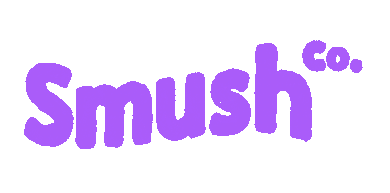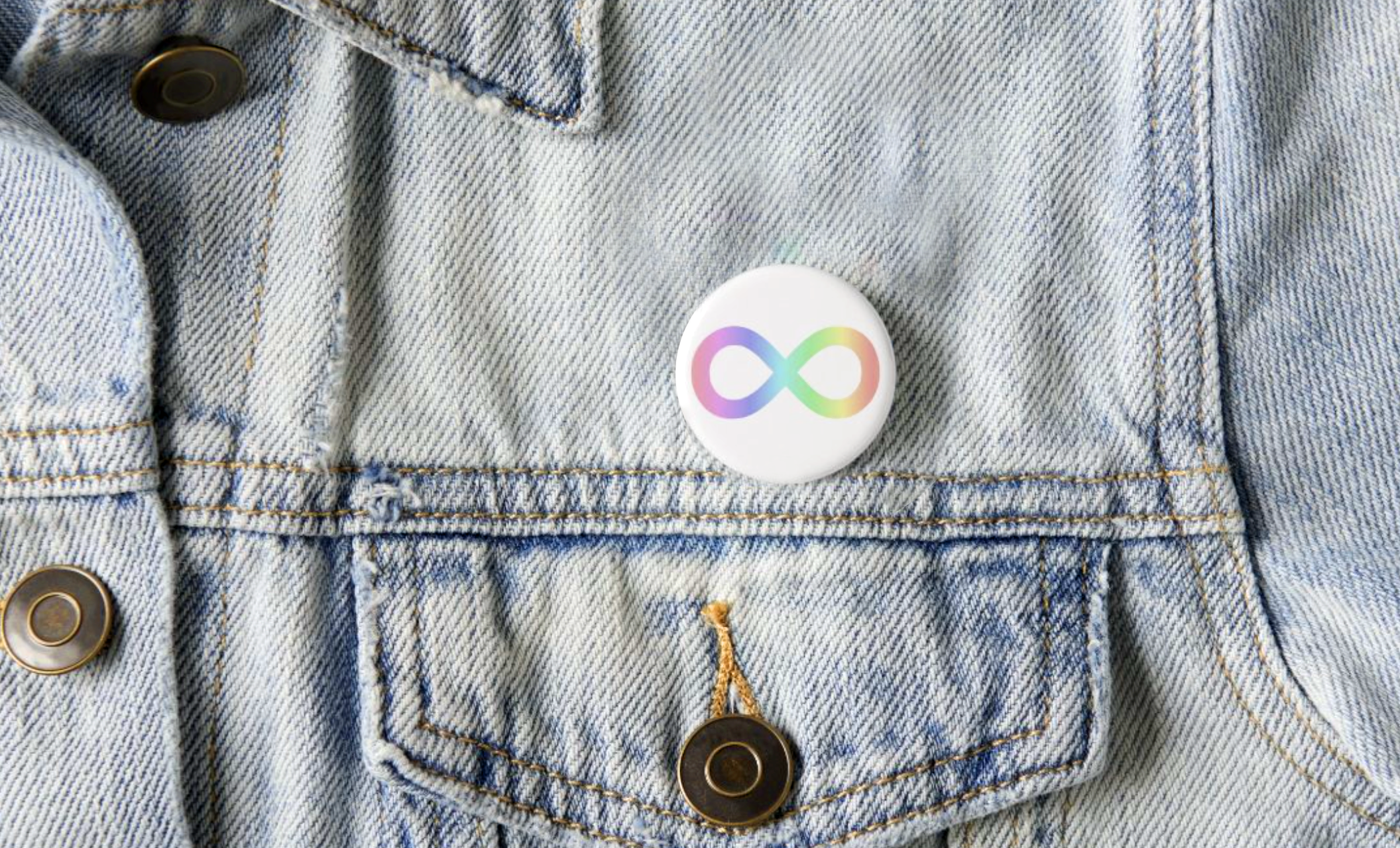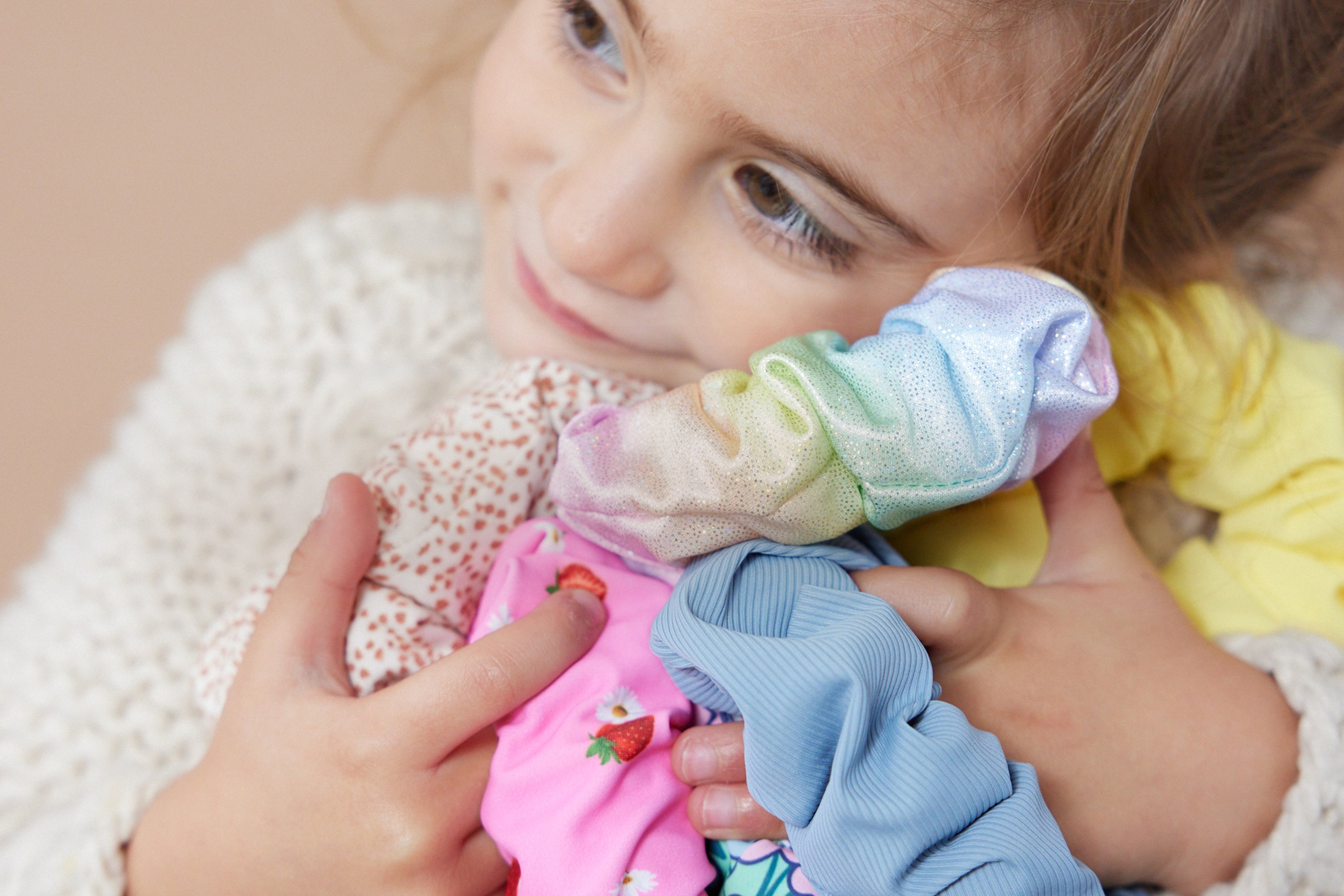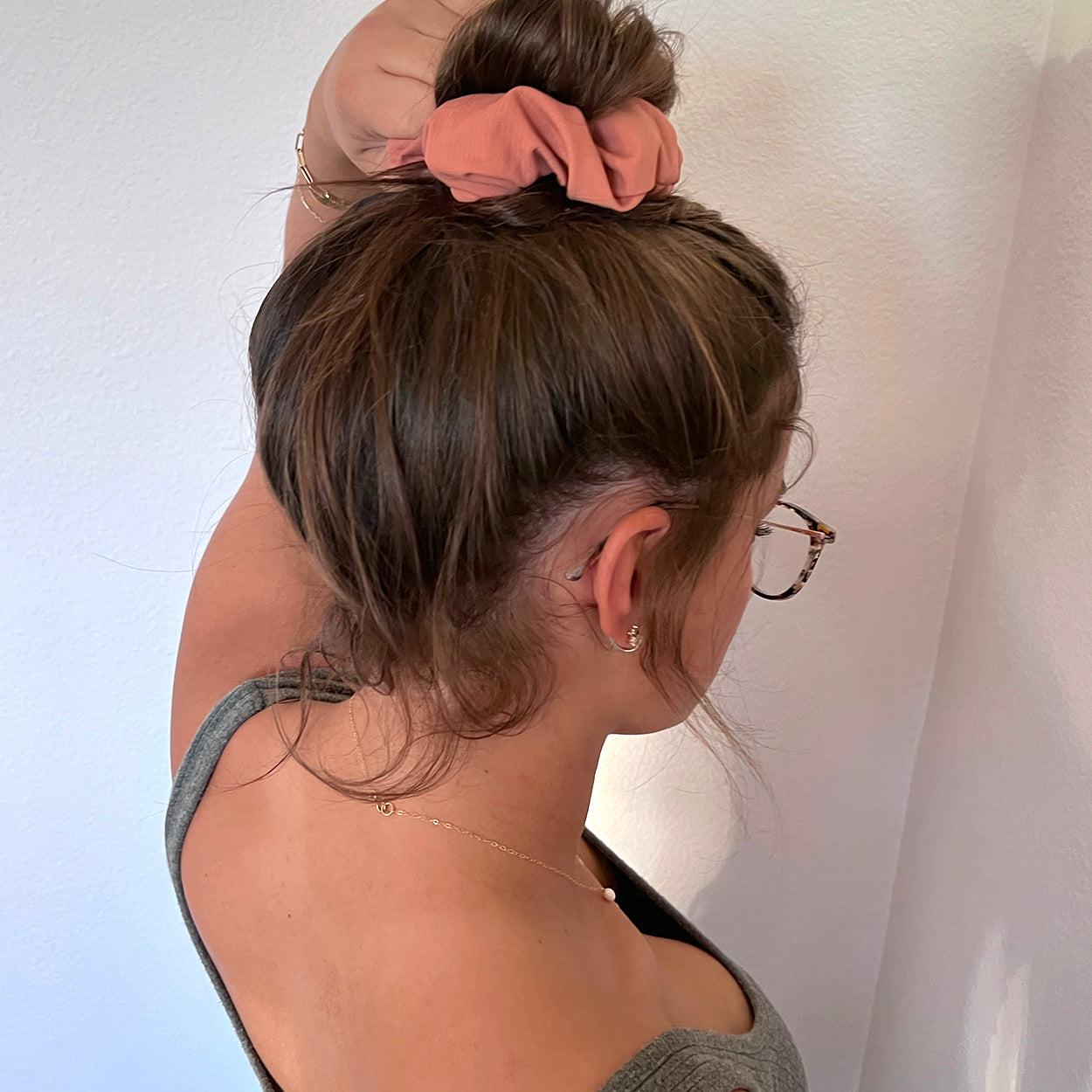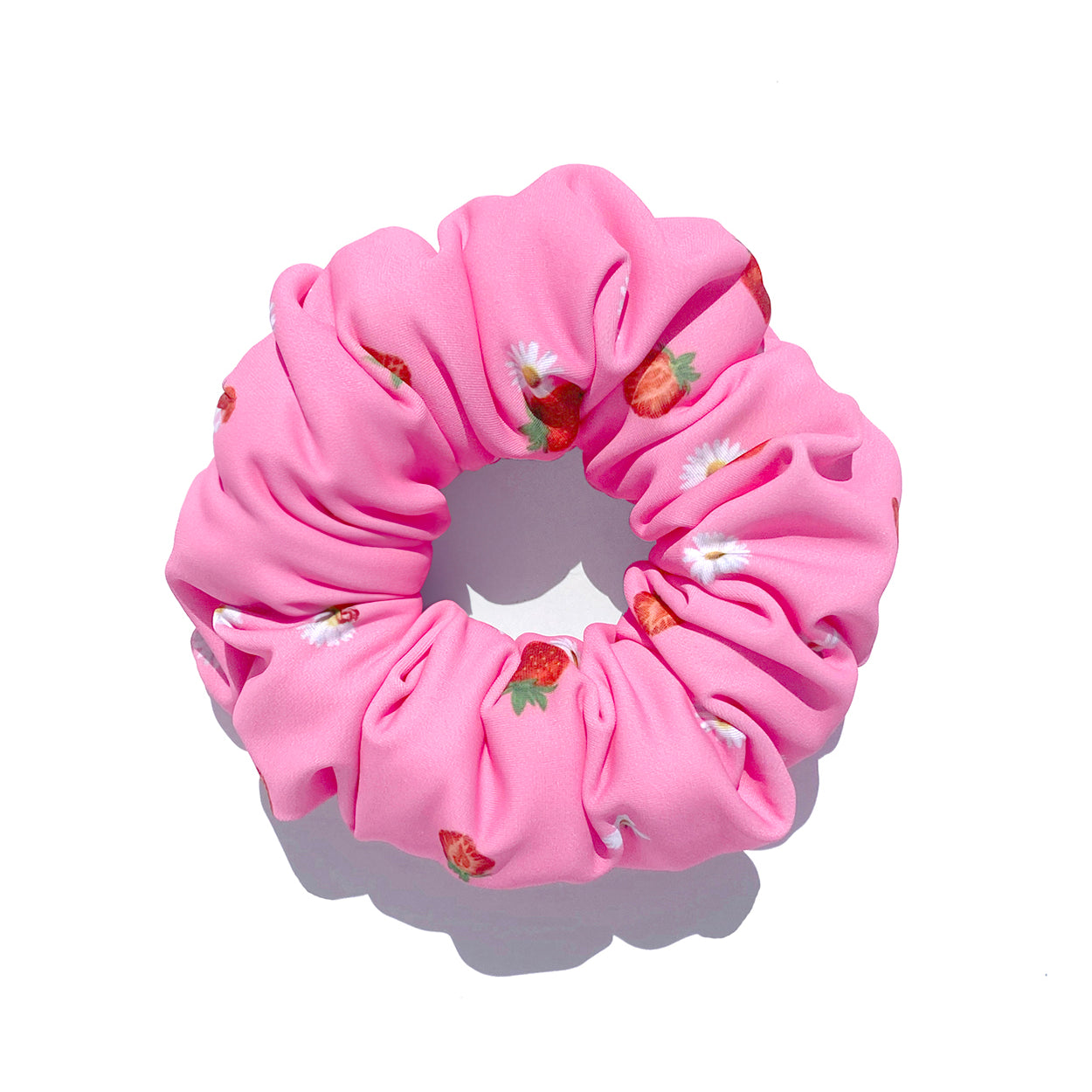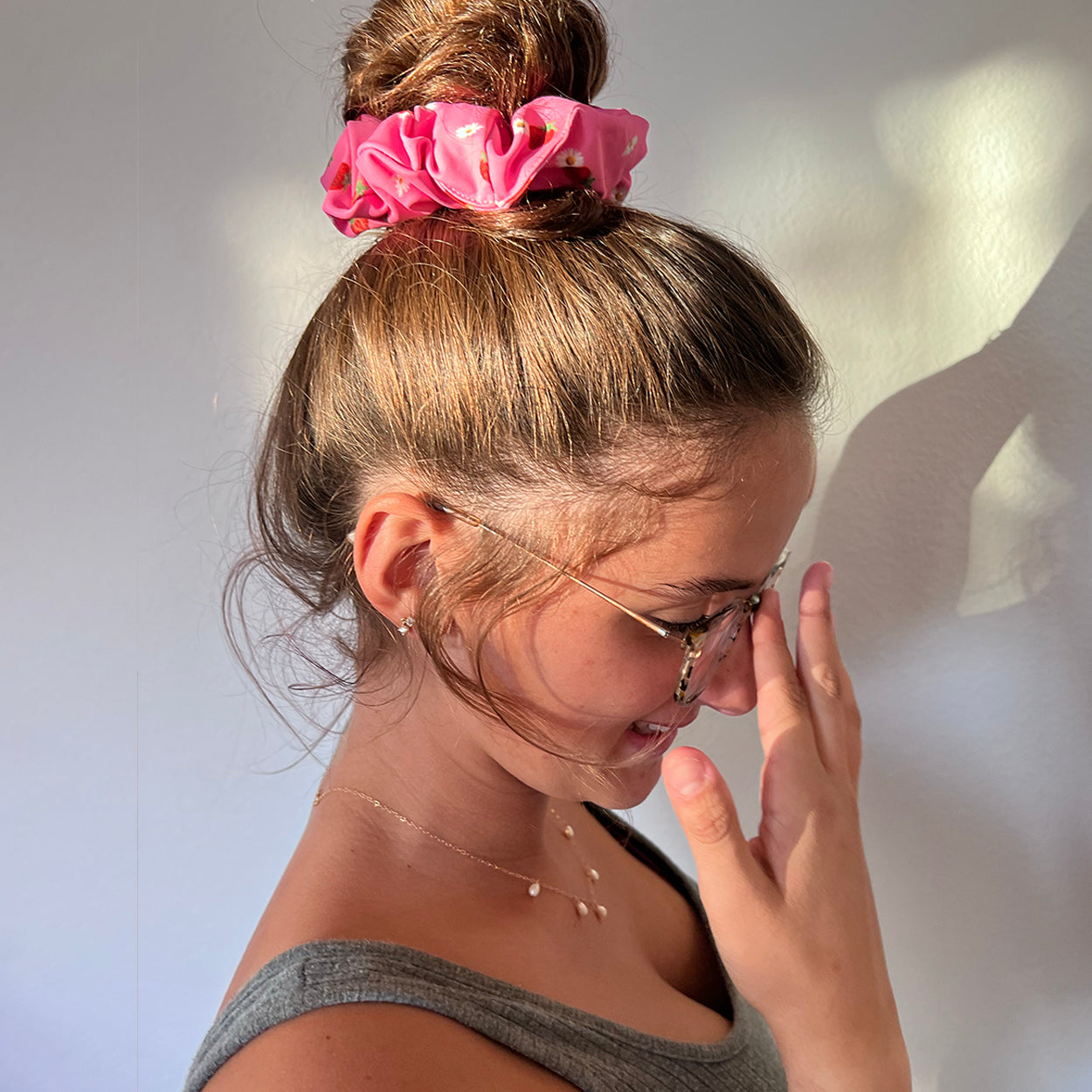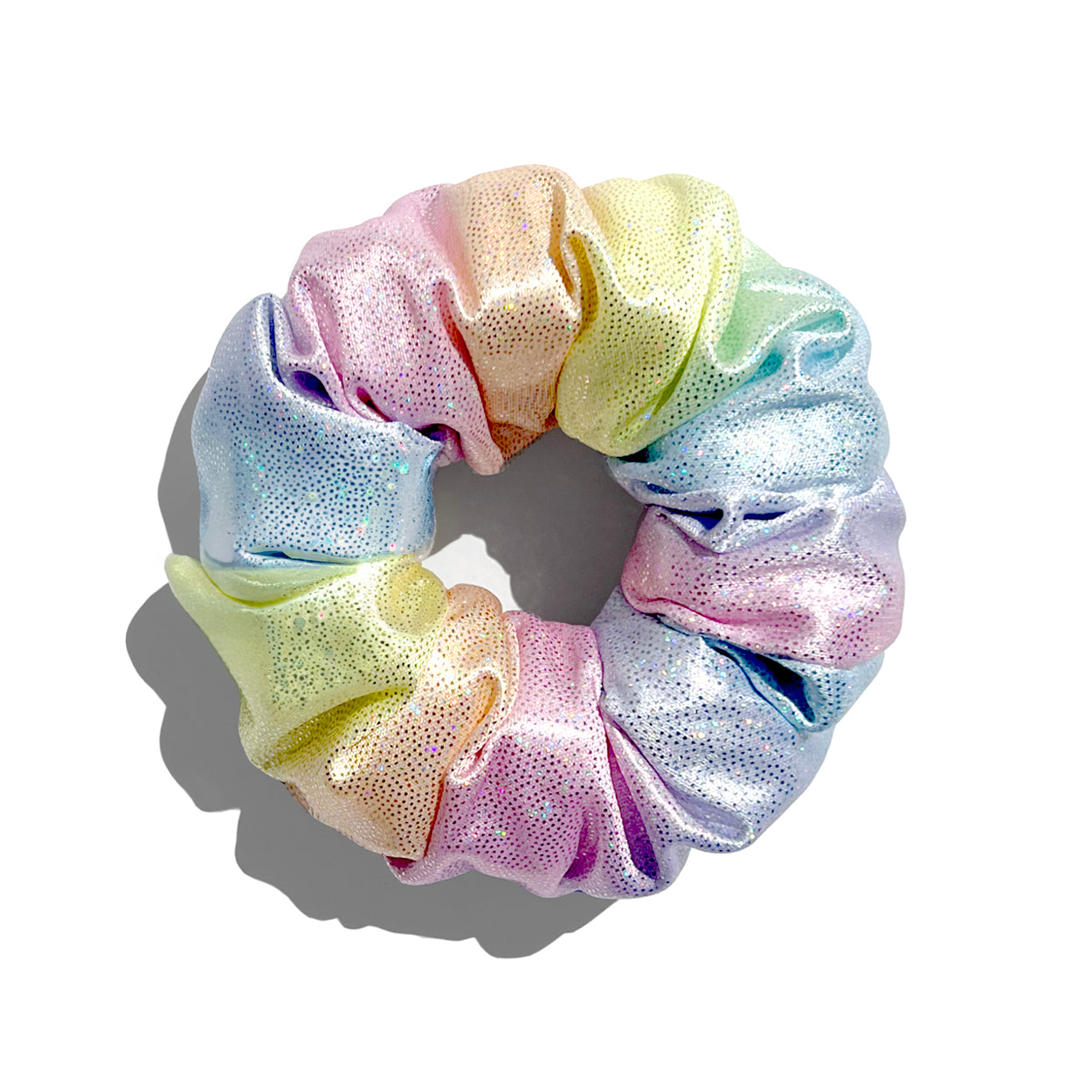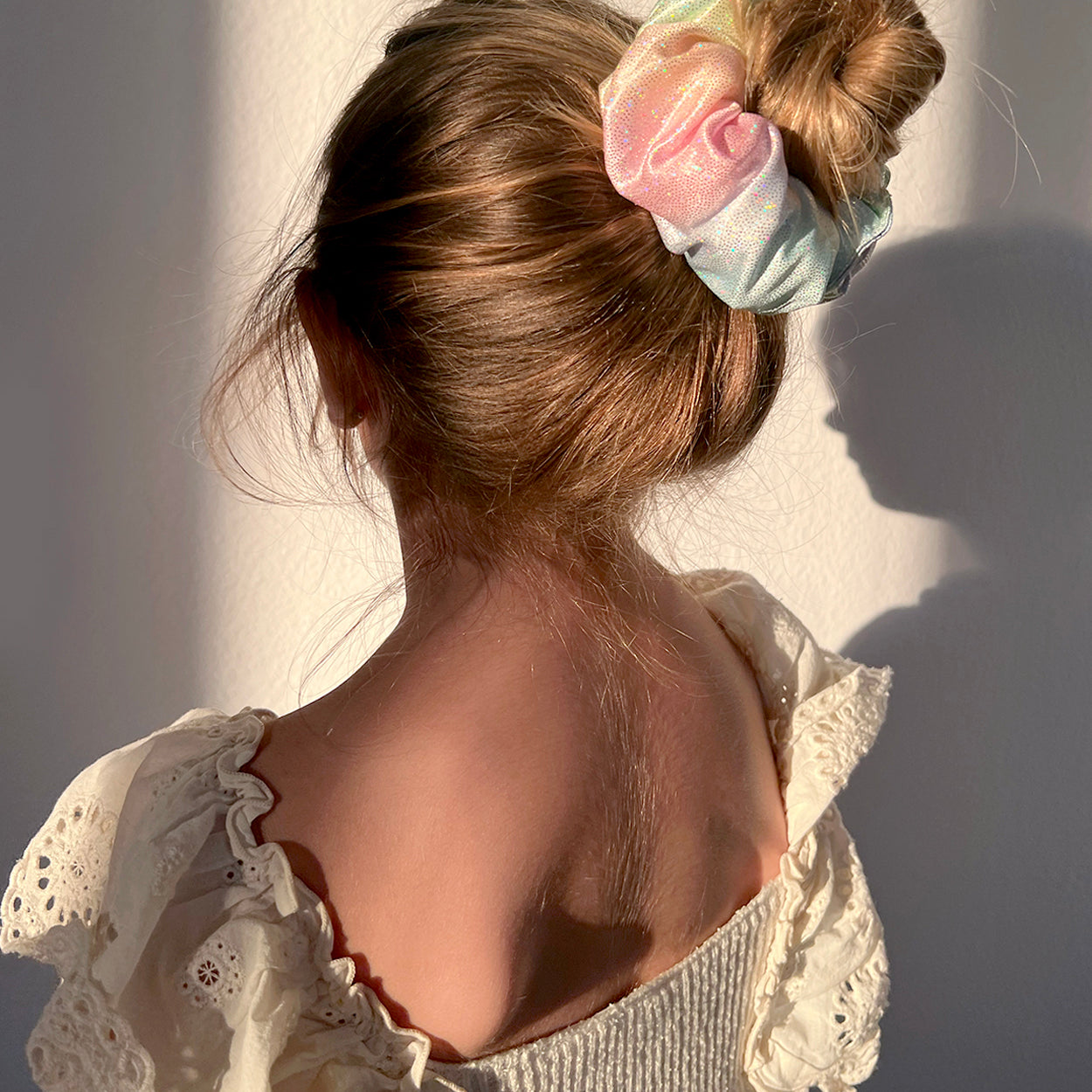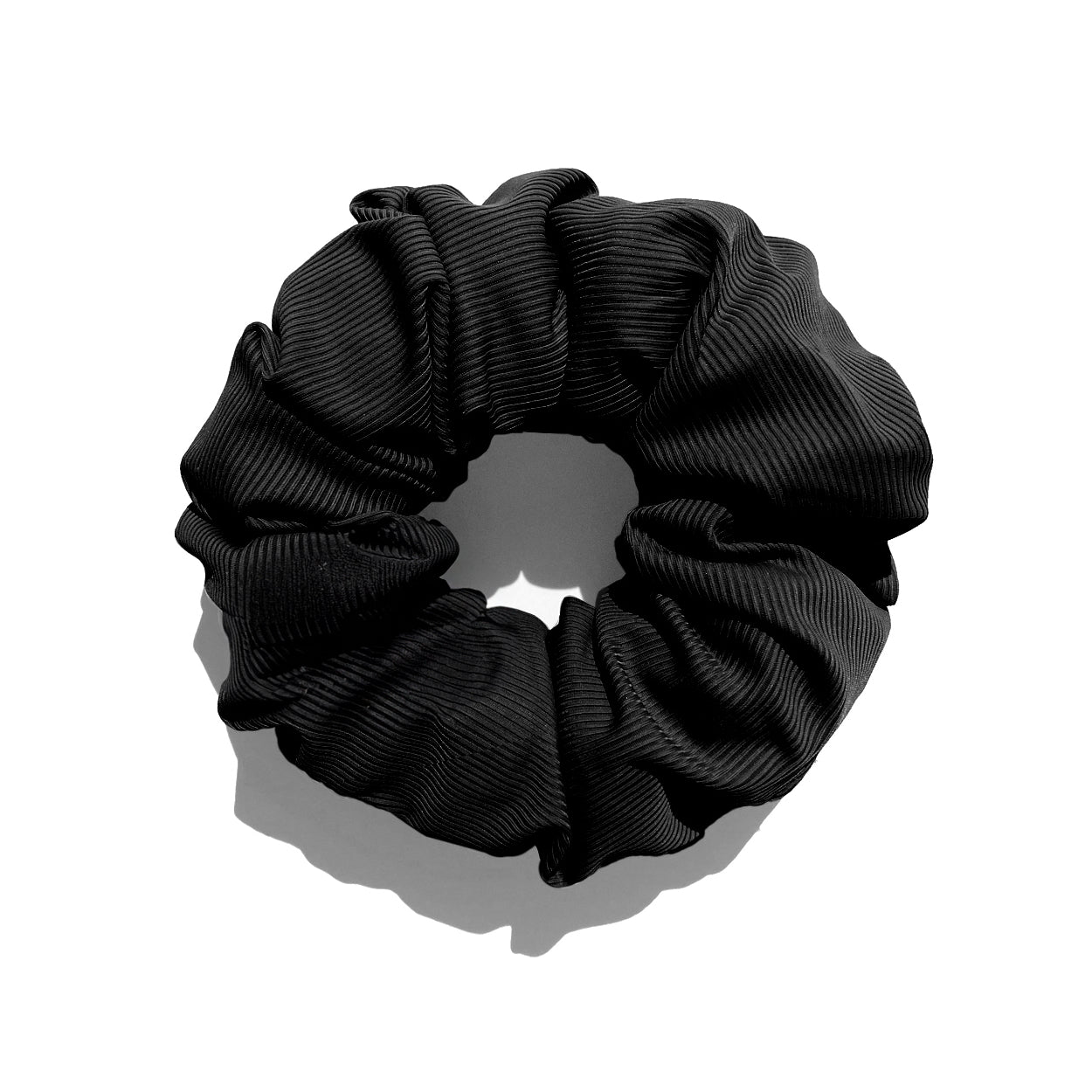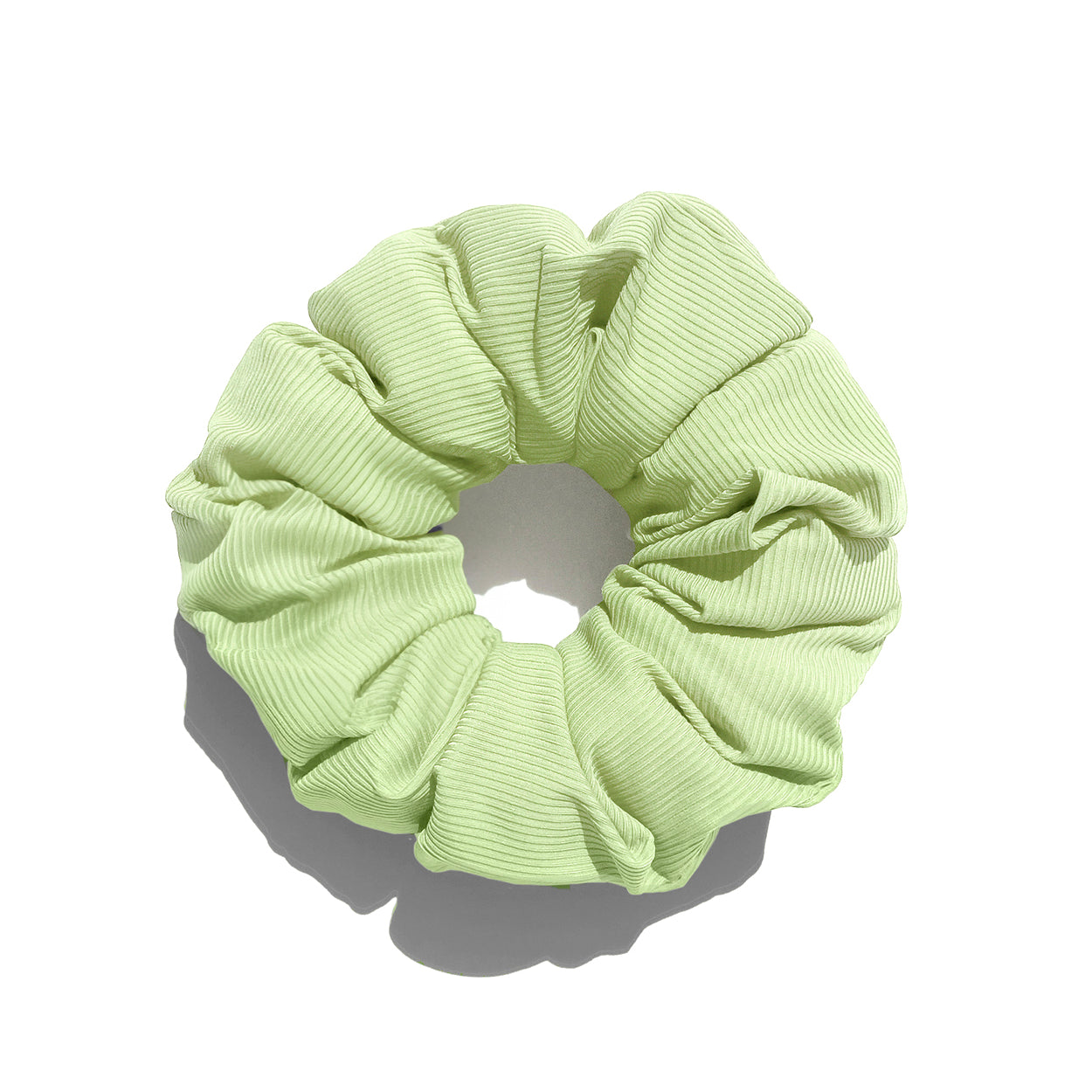Everyone on the planet has unique experiences, dreams, and ways of viewing the world. One person’s extroverted love of parties is not “better” than someone else’s preference for cozy nights in. If the beauty of personality differences is already apparent to you, then it is easier to understand the concept of neurodiversity and its associated neurodiversity symbol.
Emerging in the 1990s, the notion of neurodiversity refers to the multiplicity of brain differences in how individuals process the world and is something to be acknowledged and respected as perfectly normal. What we typically think of as “disorders” – ADHD or autism, for example – are seen by neurodiversity advocates as natural variations of brain development, which is often referred to as “neurodivergence”.
The rainbow infinity of the neurodiversity symbol communicates loud and clear that there’s nothing wrong or bad with divergent brains and they don’t need fixing. In fact, one of the most remarkable brains in the world, Albert Einstein’s, was neurodivergent. Psychiatry experts attribute autism and neurodivergence not only to Einstein, but also to the likes of Newton and Mozart. In this post, we discuss the neurodiversity symbol, what it stands for, and why it’s important.
What is Neurodivergence?
Neurodivergence can take a multiplicity of forms, but it all comes back to the same idea: people naturally experience the world in different ways. Oftentimes, this is due to actual differences in individual brains. Tangible variations in the brain contribute to different strengths, passions, and talents. What’s fun and relaxing to one person might cause sensory overload in someone else (like a dinner in a noisy, crowded restaurant or at a concert).
The Neurodiversity Symbol Explained
The concept of neurodivergence and the importance of the neurodiversity rainbow infinity symbolizes how necessary it is, now more than ever, to re-examine neurotypical roles and the expectation that everyone must play them in society, especially in light of how these roles negatively impact neurodivergent folks. There’s a growing acknowledgment of the need to approach people, attitudes, and tasks with more open-mindedness and creativity, whether at school or at work.
The concept of neurodiversity indicates that someone has completely unique strengths and weaknesses. In the classroom, approaching neurodivergence as something to explore and support ensures that no one falls through the cracks and that all students receive what they require to learn and grow. Providing appropriate accommodations, modifications, or simply a safe space for kids and parents to voice their needs with confidence will bolster a “different, not less” mentality.
Many people are neurodivergent, but even those who are neurodivergent in the same way may present very differently. That’s because neurodivergence is an umbrella term that speaks to a multitude of cognitive variances, like ADHD, ASD, Bipolar Disorder, and even dyslexia. Consider that Autism Spectrum Disorder can manifest in a plethora of ways: some individuals live fully independent lives while others are dependent on the help of others for daily tasks.
When we respect neurodivergent behaviors and responses as being just as valid as their neurotypical counterparts, everyone can enjoy equal access to support and understanding.
Challenges Facing Neurodiversity
Outside "The Norm"
For many, the concept of neurodiversity requires a giant shift in perspective. Historically, our medical model of disability indicated that a condition or variance from the neurotypical norm should be considered an abnormality that needs to be “cured” or “fixed”. That’s why some people are resistant to normalizing neurodiverse conditions.
In a society that prioritizes neurotypical behavior and ranks the neurotypical experience as the gold standard of health and wellness, neurodivergent folks tend to face stigma or stubborn closed-mindedness. The prejudice of ableism involves discriminatory views or attitudes toward people who are physically, intellectually, or psychologically different from “the norm”.
Undefined
Another challenge within the neurodivergent community is the difficulty of diagnosis. The challenge typically comes up in adulthood, often due to the misinterpretation of symptoms in early childhood, parental avoidance of the topic because of stigma associated with a diagnosis, or because of a lack of education or research around the topic.
Adults are realizing later on in life through self-evaluation that they are indeed neurodivergent. The neurodiverse community advocates that self diagnosis is perfectly valid: if someone finds that they’re neurodivergent and choose to openly identify as such, then they are! Period. That respect for identities is what the neurodiversity symbol is all about.
How to Address It Is Individual Preference
Linked to the validity of self-diagnosis and self-identification, there’s an important distinction in how people want to be thought of and addressed. Some prefer person-first language (person with autism or person with ADHD) while others prefer identity-first language (autistic person). Inclusive language that refers to everyone in the same way would be extremely helpful to normalize neurodiversity in all public spaces.
Obviously, these are important concerns that require thoughtful discussion. It will take making a major change in how we talk about disability and neurodivergence before this concept really takes off.
Can Neurodiversity Go Mainstream?
Can the neurodiversity symbol become more commonplace at school and in the workplace? That depends. There’s a flourishing community of neurodiverse people online and on social media, where there are a lot of thoughtful and interesting conversations, advocacy efforts, and forums dedicated to raising awareness and exploring personal accounts around the subject.
In order to bring this open-minded understanding and acceptance of neurodivergence into the mainstream, schools and workplaces would have to be considerably reimagined. Offices and education centers would need to come up with a new type of infrastructure that reflects the diverse needs of the people they serve, instead of being designed solely with neurotypical needs in mind.
It might mean changing the physical layout of the office or classroom and shifting the way people interact with one another by making communication straightforward and clear while avoiding jargon. For example, while neurotypical communication styles encourage nuance and informality, neurodivergent folks tend to get straight to the point, even if it means being blunt. Neither way is “good” or “bad”, and both are totally valid ways of communicating.
In the same spirit, inclusive environments can provide different types of instruction based on different learning styles as well as make space for intelligent sensory solutions to help cope with overstimulation and feelings of overwhelm.
Neurodiversity and Wellbeing
Embracing the neurodiversity symbol can be as simple as openly providing sensory accommodations at home and in the classroom that work for everyone. It’s all about destigmatizing neurodivergence, disability, and the tools and accommodations required. How can we accomplish that? By getting curious! Parents and kids can be active participants in learning and sharing information, prioritizing helpful practices that lead to great progress.
Here at Smush Co. our mission is exactly this. Smush scrunchies are delightfully squishable and squeezable fashion accessories that help kids, tweens, and adults discreetly—and proudly—self-soothe sensory overload when needed. Plus, they hold hair like a champ in fun colors and patterns that set off any outfit. Whether you want to flaunt your neurodivergent brain in all its wonder or prefer to keep it all to yourself, Smush is a sensory tool that’s here for it—and you!
Explore Smush Co. Sensory Accessories!
